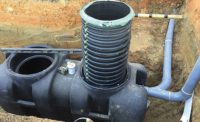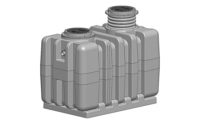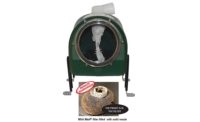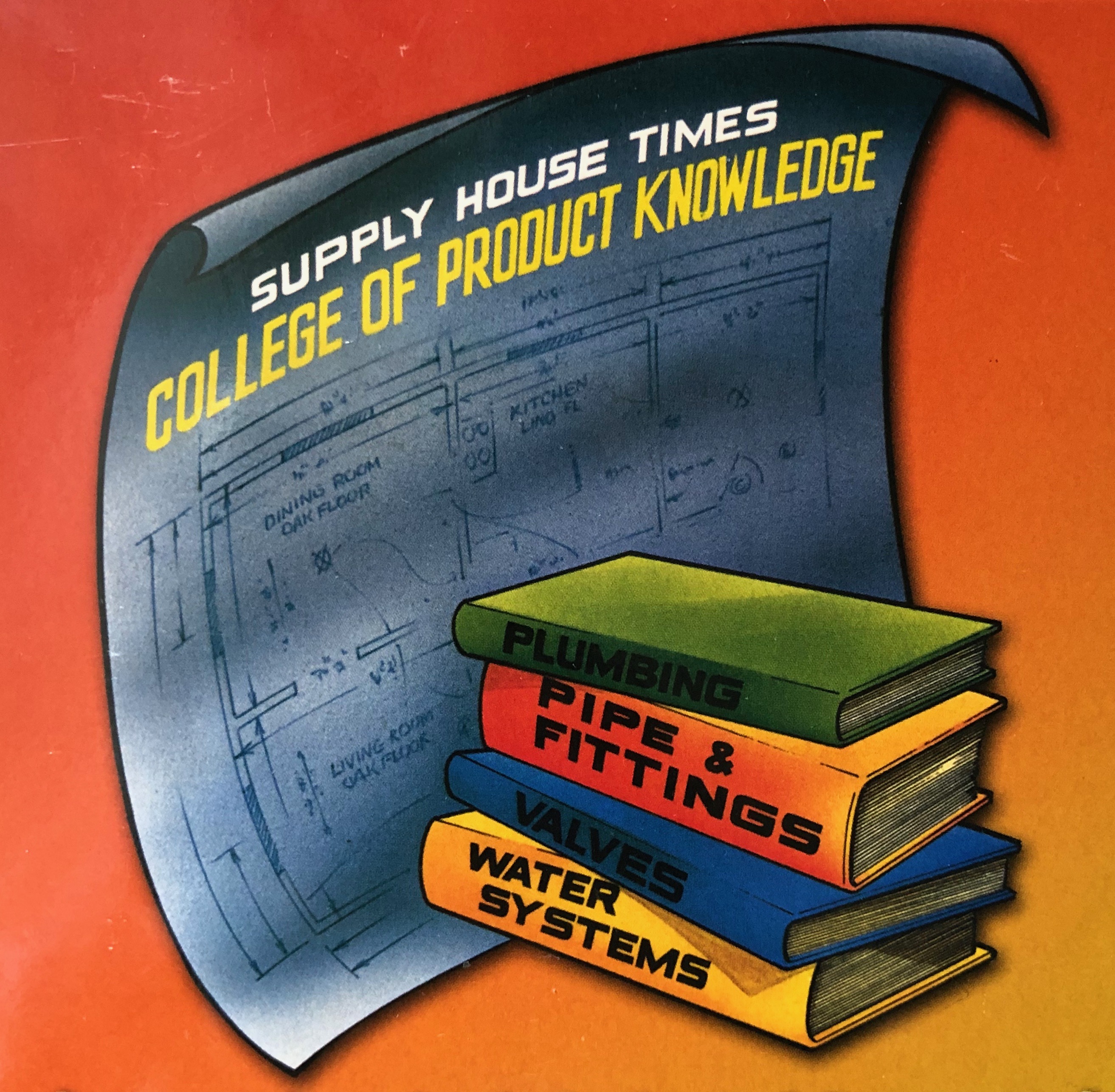The future of grease interceptors
FOG market ready to heat up.

Kevin Wong, the Canadian national specifications manager with Chicago, Illinois-based manufacturer MIFAB, believes the Miami-Dade ordinance may shift the market away from concrete interceptors. Photo courtesy of MIFAB

Endura Grease Management expects more growth as other regions with FOG issues will be tasked by the EPA to increase effciency standards and follow ordinances such as ones put in place by Miami-Dade County, Florida. Photo courtesy of Endura Grease Management


The future of grease interceptors lies in South Florida.
Recently, the Sunshine State’s highest-populated county imposed a 99% efficiency requirement for all grease interceptors installed within its borders.
Rachel Beaulieu, a product manager with Barrie, Ontario, Canada-headquartered Endura Grease Management, expects more growth as other regions that have issues with FOG will be tasked by the U.S. Environmental Protection Agency to increase efficiency standards, such as Miami-Dade County.
“(That was a) number previously thought unattainable,” she notes. “Endura was provided the opportunity to test our Endura XL units to try and obtain a 99% efficient configuration which we did — empowering Miami-Dade to put the requirement into law. We anticipate the regulations surrounding FOG management will only become stricter as the technology for grease interception continues to not only answer the call of higher performance, but continue to raise the bar.”
Kevin Wong, the Canadian national specifications manager with Chicago, Illinois-based manufacturer MIFAB, believes the ordinance made in Miami-Dade will shift the market away from concrete interceptors.
“We will see more metal and nonmetal units being installed depending on the conditions and location within or outside the building,” he says.
Beaulieu notes the regulatory landscape for FOG management around the U.S. is complex. Endura has advanced its range of applications with adjustments to smaller products, she adds.
“The dynamic inlet baffle in our Endura XL series and (our) maintenance calculator is hitting the market later this summer,” she says. “There will be smaller design tweaks such as improved fastening systems and lid rating offerings. A new sample well product also is being launched this summer to offer an ideal solution for jurisdictions with effluent sampling needs and a flexible design for several different retrofit solutions.”
MIFAB recently introduced its SuperMax II HPDE large-scale interceptor to the marketplace. Wong notes the units have a flexibility in the field that hasn’t been available before.
“HPDE is a proven wasterwater material,” he states. “In addition, the use of generic corrugated pipe extensions makes the units easy to bury in the field to the depths compliant to the job vs. what’s specified on paper.”
Beaulieu adds North America’s regional plumbing code differences have slowed the country’s adoption of its large-capacity hydromechanical grease interceptors. Still, the company, Beaulieu notes, continues to be “actively engaged” in work with ASME, CSA, PDI and other industry organizations and committees.
“Our products’ acceptance is widespread, but not all encompassing,” she says. “Most recently, we’ve contributed to the development of ASME A112.14.3 – 2018, the newly revamped ASME standard for hydromechanical grease interceptors. Although progress at times has been slow, Endura is privileged to participate as a part of these establishment committees where like-minded industry professionals continue to push for progression on the code standards.”
Wong says other challenges to the FOG market in the future include flushable and organic products.
“Wastewater chemistry is entering into a very green stage in development,” he states. “Everything in the wastewater can be used as a resource or mandated to be removed from the stream per sewer-use bylaw models. Flushables need to be managed and there is a standard being developed where all manufacturers will comply and eventually municipalities will look for. The same is true with organics as carbon in the wastewater stream is an opportunity for effective energy recovery.”
This article was originally titled “FOG market ready to heat up” in the September 2018 print edition of Supply House Times.
Looking for a reprint of this article?
From high-res PDFs to custom plaques, order your copy today!











